Scientists found new evidence this year that muons may behave in a way that defies existing physics. Their magnetism may be caused by a new, fifth force.
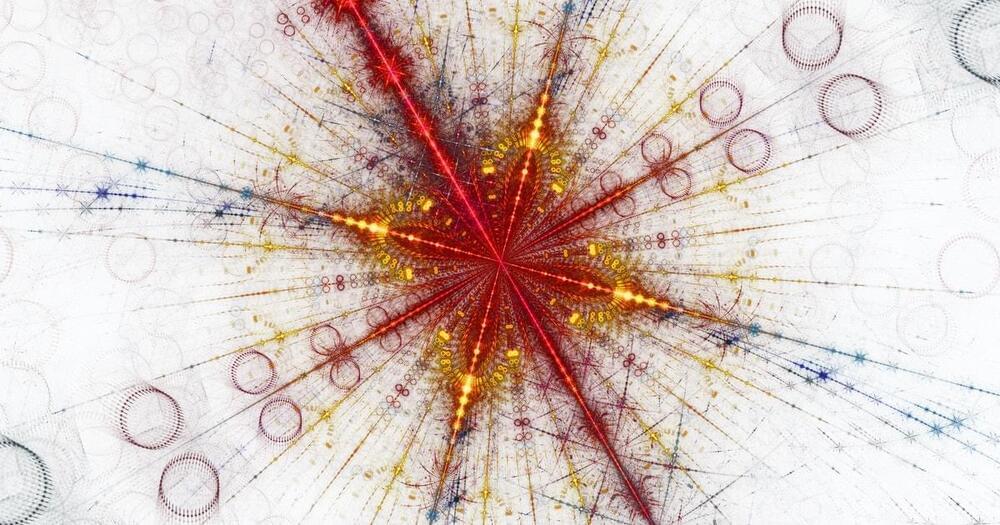


This week’s episode is brought to you by The Space Force. For more information, please go to http://www.spaceforce.com #sponsored.
How much of your life is touched by space? On this episode, Neil deGrasse Tyson and comic co-host Chuck Nice break down the newest branch of the US military, The Space Force, with Charles Liu, Major General DeAnna Burt, and Dr. Moriba Jah. Is this one step closer to Star Wars?
Discover the alliance between astrophysics and the military. What ways are there to destroy a satellite? Charles Liu teaches us about electromagnetic pulses– EMPs– and how they disrupt electronics. Can people be safe from a detonated EMP, like in the movies? How do we protect ourselves against EMPs?
Next, we speak with Major General DeAnna Burt about her role within The Space Force and what it’s like to form an entire branch of the military from scratch. Who came up with the name Space Force? Is the creation of The Space Force an escalation of military tensions in the world? Is it a step towards war in space? Find out about geosynchronous robotic arms, kinetic kill vehicles, and what The Space Force really does to protect us against threats that exist already. We discuss satellites and just how much of daily life on earth is touched by space. How far does space go? Is The Space Force for the domain of the universe itself?
What’s the potential for warfare in space? Or the possibility of Star Wars? How do we work together to ensure fights don’t extend into space? Moriba Jah breaks down the objects we’re tracking in our orbit. What do you do when an object is on track to hit another object in orbit? We also discuss the Kessler Effect and what it means for the future of our orbits. How do you regulate and track the booming private satellite industry? All that plus, what about non-human threats?
Thanks to our Patrons Lisa Cotton, Luis Stark, Oscar h, Travis Mansfield, Justin Thomas, Josh Wise, and Astaroth for supporting us this week.
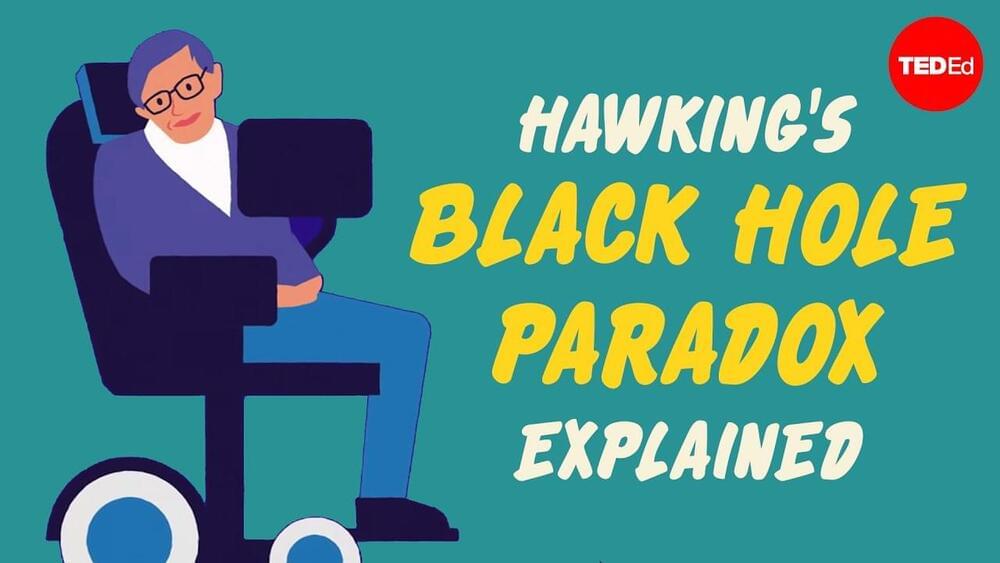
There can be other kinds of black holes that trap other physical phenomena, like sound waves, and these kinds of black holes, known as sonic black holes, might be critical to understanding their light-consuming counterparts in the wider universe.
Most important of all, what can sonic black holes tell us about one of modern physics’ most contentious debates, the so-called Information Paradox? A recent study attempted to find out, and its results seem to make the problem more complicated, not less.
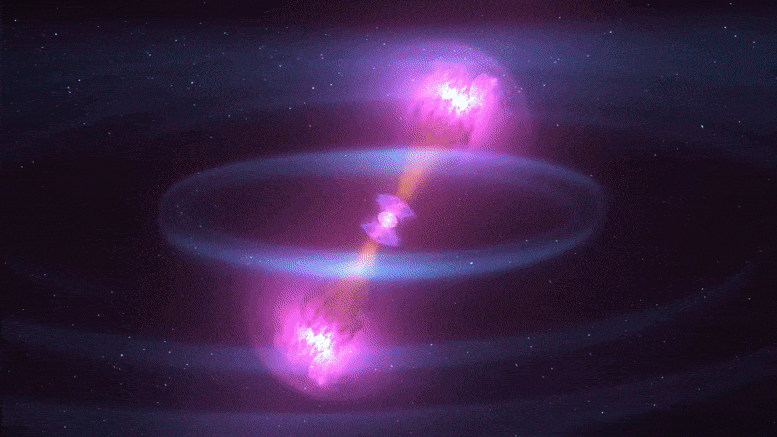
In the 2030’s, gravitational-wave detectors will be thousands of times more sensitive than Advanced LIGO
The Laser Interferometer Gravitational-Wave Observatory (LIGO) is a large-scale physics experiment and observatory supported by the National Science Foundation and operated by Caltech and MIT. It’s designed to detect cosmic gravitational waves and to develop gravitational-wave observations as an astronomical tool. It’s multi-kilometer-scale gravitational wave detectors use laser interferometry to measure the minute ripples in space-time caused by passing gravitational waves. It consists of two widely separated interferometers within the United States—one in Hanford, Washington and the other in Livingston, Louisiana.
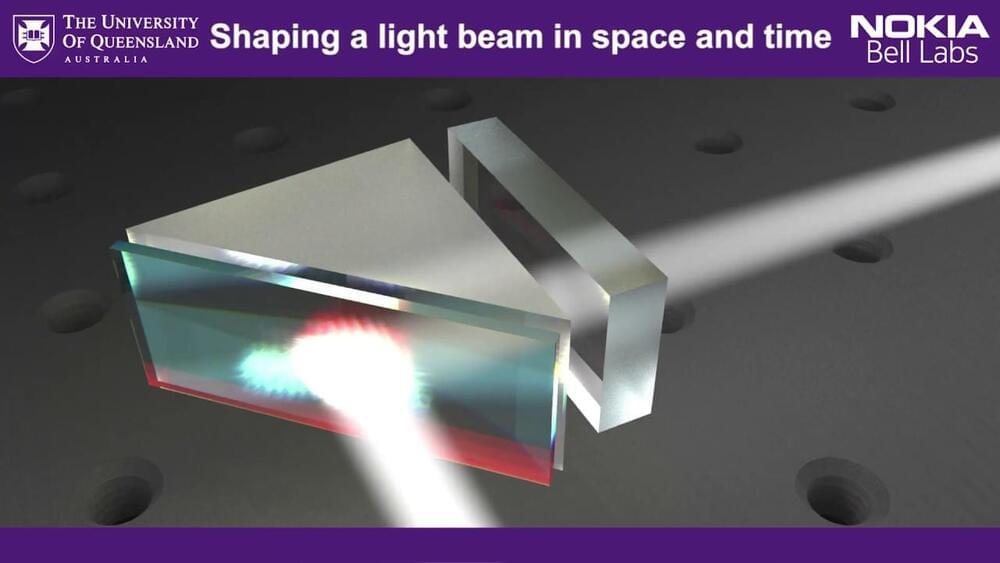
Circa 2020
Like watching a movie in reverse, physicists have just demonstrated a new technique for the time-reversal of a wave of optical light.
That doesn’t mean that they have actually reversed the flow of time; rather, they have found a way to induce an optical wave to retrace a forward path in reverse, returning to its point of origin.
It’s the first time that time reversal of optical waves has been achieved with full control over all of the degrees of freedom of light simultaneously.
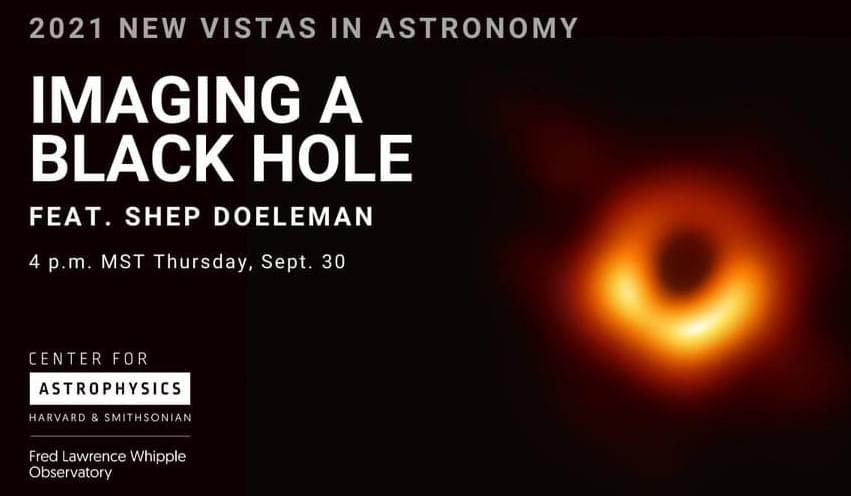
Thu, Sep 30 at 4 PM PDT.
Black holes are cosmic objects so small and dense that nothing, not even light, can escape their gravitational pull. Until recently, no one had ever seen what a black hole actually looked like. Einstein’s theories predict that a distant observer should see a ring of light encircling the black hole, which forms when radiation emitted by infalling hot gas is lensed by the extreme gravity near the event horizon. The Event Horizon Telescope (EHT) is a global array of radio dishes, linked together by a network of atomic clocks to form an Earth-sized virtual telescope that can resolve the nearest supermassive black holes where this ring feature may be measured. On April 10th, 2,019 the EHT project reported success: we imaged a black hole, and saw the predicted strong gravitational lensing that confirms the theory of General Relativity at the boundary of a black hole. This talk will cover how this was accomplished, details of the first results, as well as future directions that will enable real-time black hole movies.
About Dr. Shep Doeleman:
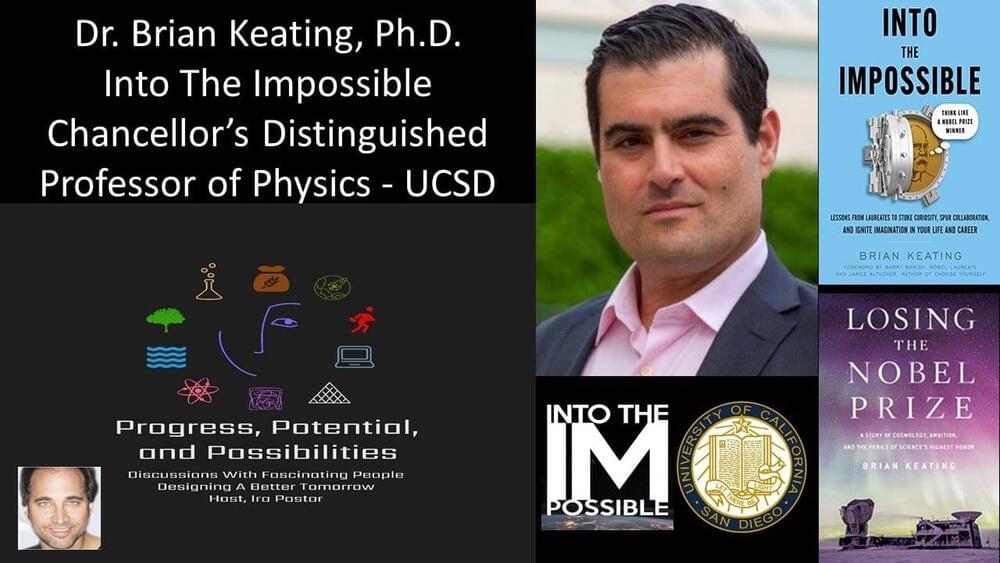
Multiverse Cosmology, Nobel Laureates, Theories Of Everything, And Much More! — Dr. Brian Keating Ph.D., Chancellor’s Distinguished Professor of Physics, UC San Diego.
Dr. Brian Keating, Ph.D. (https://briankeating.com/) is Chancellor’s Distinguished Professor of Physics, at the Center for Astrophysics & Space Sciences (CASS), in the Department of Physics, at the University of California, San Diego (https://bkeating.physics.ucsd.edu/).
Dr. Keating is a public speaker, inventor, and an expert in the study of the universe’s oldest light, the cosmic microwave background (CMB), using it to learn not just about the origins and evolution of the universe, but to gain potential insights into an even bigger picture, that of the “multiverse”, a hypothetical group of multiple universes that comprise everything that exists: the entirety of space, time, matter, energy, information, and the physical laws and constants that describe them.
Dr. Keating is also a writer, the best-selling author of one of Amazon Editors’ Best Non-fiction Books of All Time, “Losing the Nobel Prize” (https://www.amazon.com/Losing-Nobel-Prize-Cosmology-Ambition/dp/1324000910), and his new book is entitled “Into The Impossible: Think Like A Nobel Prize Winner”.
Dr. Keating is also a prolific podcaster on the Into The Impossible podcast (https://briankeating.com/podcast.php).
Dr. Keating has his B.S. in Physics from Case Western Reserve University, his M.S and Ph.D. in Physics from Brown University, was a Physics Postdoctoral Scholar at Stanford University, and was an NSF Postdoctoral Fellow from California Institute of Technology.

Circa 2012
Faraday and Dirac constructed magnetic monopoles using the practical and mathematical tools available to them. Now physicists have engineered effective monopoles by combining modern optics with nanotechnology. Part matter and part light, these magnetic monopoles travel at unprecedented speeds.
In classical physics (as every student should know) there are no sources or sinks of magnetic field, and hence no magnetic monopoles. Even so, a tight bundle of magnetic flux — such as that created by a long string of magnetic dipoles — has an apparent source or sink at its end. If we map the lines of force with a plotting compass, we think we see a magnetic monopole as our compass cannot enter the region of dense flux. In 1,821 Michael Faraday constructed an effective monopole of this sort by floating a long thin bar magnet upright in a bowl of mercury, with the lower end tethered and the upper end free to move like a monopole in the horizontal plane.

A surprise result for solid state physicists hints at an unusual electron behavior.
While studying the behavior of electrons in iron-based superconducting materials, researchers at the University of Tokyo observed a strange signal relating to the way electrons are arranged. The signal implies a new arrangement of electrons the researchers call a nematicity wave, and they hope to collaborate with theoretical physicists to better understand it. The nematicity wave could help researchers understand the way electrons interact with each other in superconductors.
A long-standing dream of solid state physicists is to fully understand the phenomenon of superconductivity — essentially electronic conduction without the resistance that creates heat and drains power. It would usher in a whole new world of incredibly efficient or powerful devices and is already being used on Japan’s experimental magnetic levitation bullet train. But there is much to explore in this complex topic, and it often surprises researchers with unexpected results and observations.
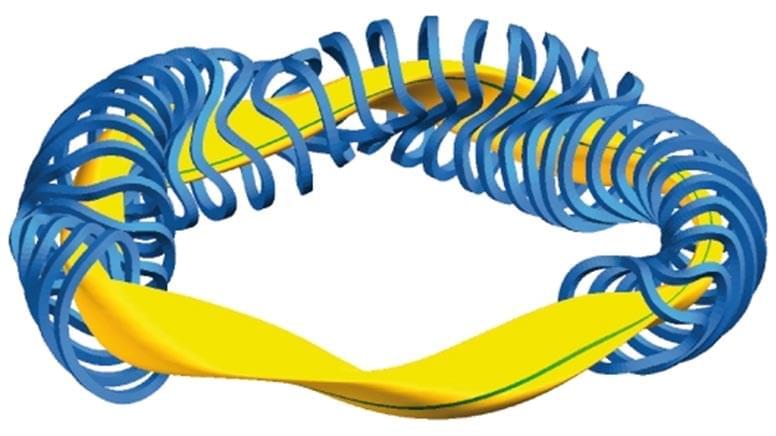
Stellarators, twisty magnetic devices that aim to harness on Earth the fusion energy that powers the sun and stars, have long played second fiddle to more widely used doughnut-shaped facilities known as tokamaks. The complex twisted stellarator magnets have been difficult to design and have previously allowed greater leakage of the superhigh heat from fusion reactions.
Now scientists at the Max Planck Institute for Plasma Physics (IPP), working in collaboration with researchers that include the U.S. Department of Energy’s (DOE) Princeton Plasma Physics Laboratory (PPPL
The U.S. Department of Energy’s Princeton Plasma Physics Laboratory (PPPL) is a collaborative national laboratory for plasma physics and nuclear fusion science. Its primary mission is research into and development of fusion as an energy source for the world.